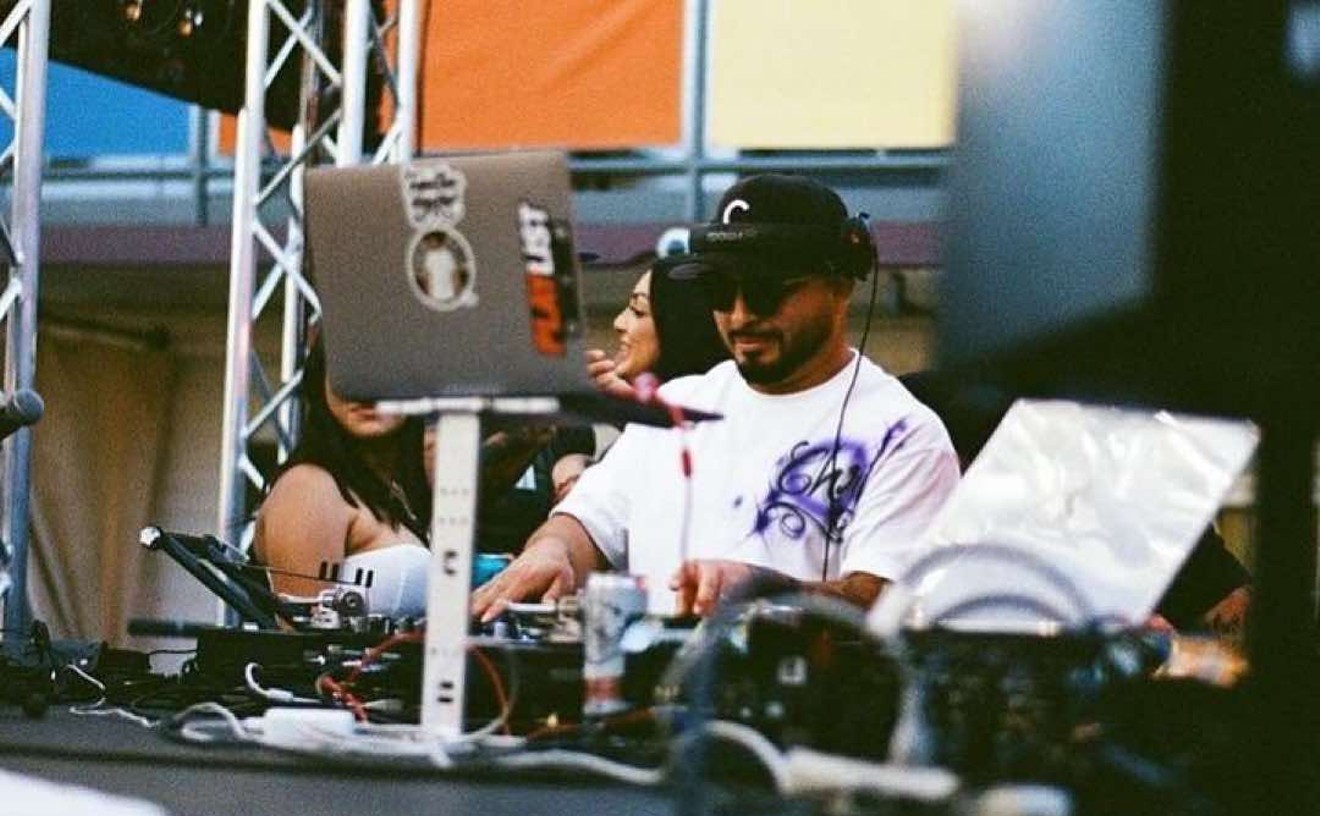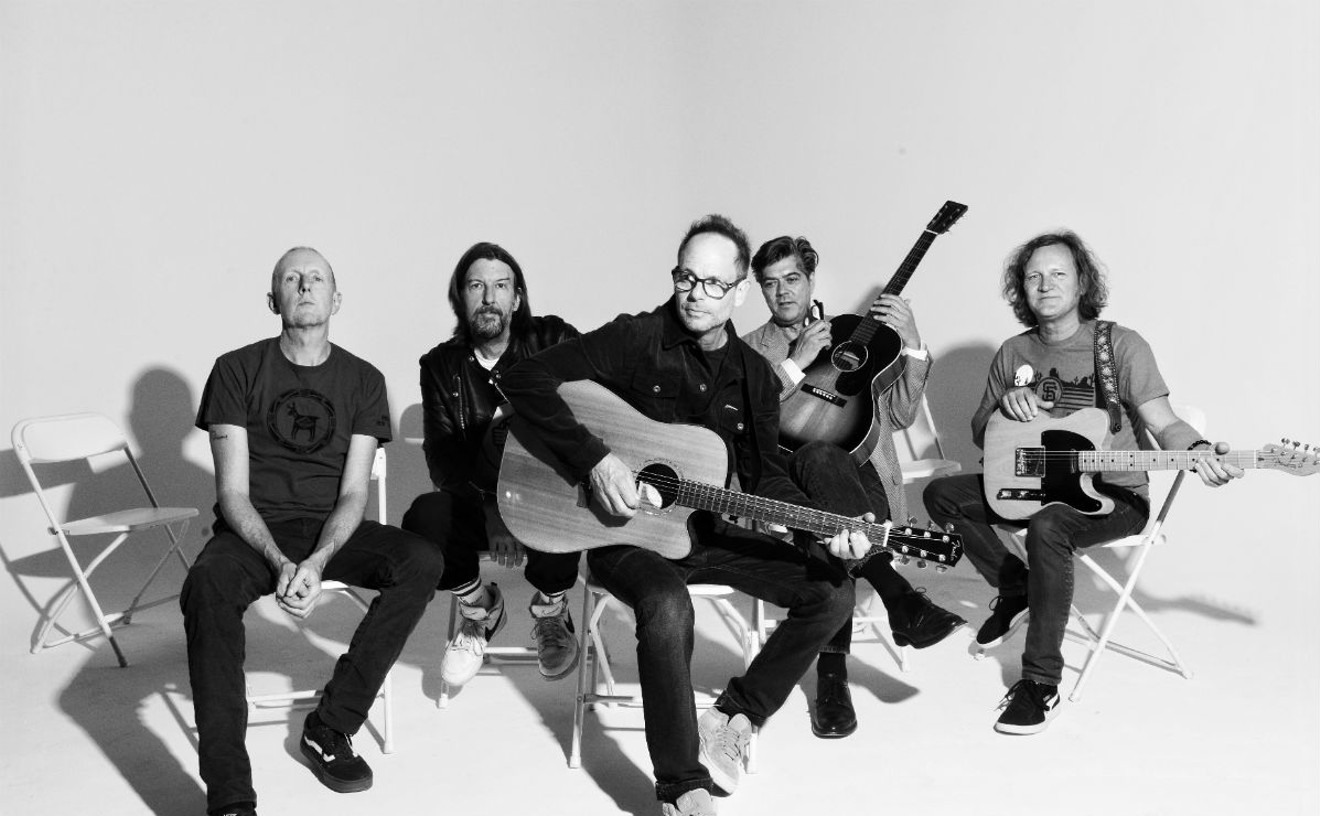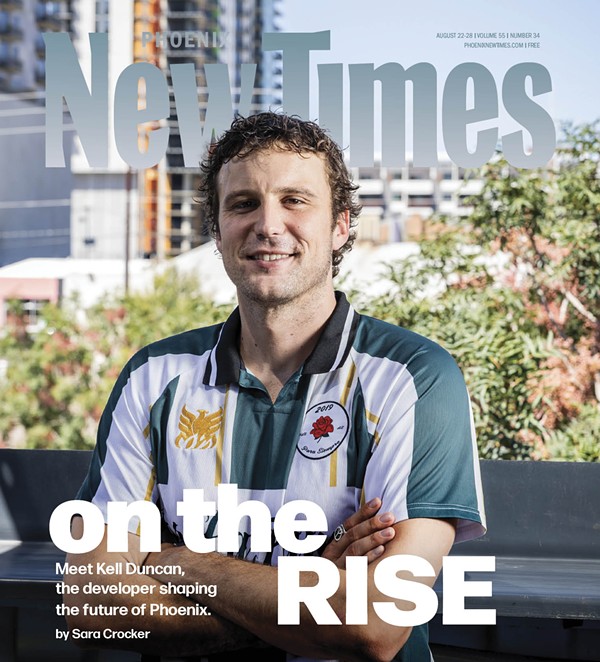Anyone with a record collection more than a foot wide probably owns a piece of David Sanborn's unmistakable sound but doesn't know it. The Stones' Undercover, Bruce Springsteen's Born to Run, and David Bowie's Young Americans all benefit from Sanborn's wailing alto sax. He's backed up James Brown, Stevie Wonder, the Eagles, Dan Fogelberg, James Taylor, and Steely Dan.
Sanborn also has a history of swimming in adventurous jazz waters. Bassist Jaco Pastorius snagged him for his debut album. Three of the most notable guitarists in jazz today--John McLaughlin, Mike Stern, and John Scofield--all have let him loose on their heavyweight projects. Arranger and bandleader Gil Evans brought Sanborn into his prestigious group for the four-star recording Svengali. In pop and jazz, Sanborn is one of the world's finest sidemen.
Because of his many jazz-pop disguises, Sanborn's own albums have always had an identity crisis. Most of his solo records have been filled with monotone condo-party funk, ho-hum grooves and unconvincing stabs at soulfulness. During the sessions for his last release, 1988's Close Up, something snapped. "In the middle of recording Close Up, I stopped enjoying it," Sanborn says during a recent telephone interview. "I got to the point where I would hear a certain kind of sound and respond in a very predictable way. Close Up was hard for me because I was trying to think of new things to play in that context. Truthfully, I don't think I did. I just didn't have anything left to say in that style. I started thinking that I didn't become a musician just to crank out records."
To make a change, Sanborn switched record labels (Warner Bros. to Elektra) and musical gears. For a man whom most fans associate with the NutraSweet sounds of a Kenny G or George Howard, Sanborn is currently in the studio with a very unlikely cast of musicians. He is laying down tracks with drummer Jack DeJohnette, bassist Charlie Haden, crazed guitarists Bill Frisell and Mark Ribot, and NRBQ keyboardist Terry Adams.
The saxman sounds excited in spite of the threat of commercial failure. Neither drummer DeJohnette nor bassist Haden is the sort who could be coaxed at gunpoint into playing a pop groove. As likely to play with a sidearm slam as with his fingers, pianist Adams is a noisy mix of Jerry Lee Lewis and keyboard crusher Cecil Taylor. Guitarists Frisell and Ribot can pull any twisted sound imaginable out of their instruments. None of this will sit well with most wine-and-Brie Sanborn fans.
The changes began with the saxman's stint as host of the now-defunct NBC show Night Music. Music aficionados who wouldn't dream of picking up one of his tepid releases tuned in at midnight once a week to see an amazing musical circus. Sanborn and producer Hal Willner regularly chose a freakish line-up of quality musicians of every conceivable sort: Dan Hicks and Miles Davis would follow a ZZ Top-like power trio from the Middle East and a Bulgarian clarinet band. Sanborn specialized in weird guest collaborations--Sonny Rollins behind doom-and-gloom folkie Leonard Cohen, or the bizarre Residents with Conway Twitty--sometimes joining in himself. In spite of universally positive reviews and very flattering cover stories in two national jazz magazines, Night Music disappeared after a final taping in January 1990.
"Unfortunately we lost our sponsor, Michelob, and there are no current plans to bring the show back. The company insisted on two million viewers if we were to continue. The million- and-a-half we had is no chump change, but we couldn't convince Michelob that they were getting an elite audience."
At one point another sponsor had been found in England, requiring both taping the show on the other side of the Atlantic and digging up one more sponsor to cover remaining costs. A second dollar source was never found. "I think we did something that was a little different for television," says Sanborn. "We got music on that you've probably never seen before on TV and probably never will see again. Artists like Willie Dixon don't make a whole lot of television appearances. I felt that if we could have stayed on one more year we could have really made a dent."
For the past four years, the sax fiend has also hosted his own syndicated radio program, The Jazz Show. The show was based on playing a diverse line-up of musicians, most more innovative than commercial. His insistence on playing Ornette Coleman and Pat Metheny's abrasive collaboration Song X resulted in some offended stations refusing to continue carrying the show.
Both Night Music and the radio show sent Sanborn's own musical career off in a new direction. Not surprisingly, almost all of the sidemen on the upcoming May release have appeared on Night Music at one time or another. Former Night Music music producer Hal Willner will be in the producer's booth for this new record. No one is sure what is going to come out. About to return to the studio after he finished this interview, Sanborn underlines the importance of keeping an open mind.
"Producer Marcus Miller and I wrote a tune called `A Tear for Crystal' for one of my earlier albums. We had been listening to a lot of John Coltrane from the Fifties. We tried to incorporate that feel with a different character, using synthesizers and drum machines. Lately I've been drawn toward a lot of Sonny Rollins and a lot of opera, especially Puccini. He's got such great melodies. And John Zorn made some tapes for me of ethnic music from the Middle East."
Sanborn hopes to tour soon with members of his new recording ensemble after they finish the record. Until then, he is on tour with a different group of studio musicians. Concentrating on a song list that will draw from all his past records, he will meddle with this "expected" concert repertoire as much as possible.
"There's a unique kind of interaction when you play live. Some of the older tunes I do simply because people expect them. `Chicago Song,' for example, I play because fans like that tune. "I'm doing an old King Curtis cut called `Soul Serenade' that came out in the Sixties. It doesn't have that 1990 R&B backbeat that is very rigid and dance oriented. I'm sure George Howard and Kenny G like what they're doing, but I don't get much out of that music."
But can this king of beach-blanket pop-sax really become a "serious jazzman" (a term that has always made him squirm)? Better yet, will his pop-jazz audience go with him? Sanborn has an answer for both.
"Even if other people don't like it, I think you have a certain obligation to yourself to keep pushing your boundaries as a player. I hope people will still relate to the music. I mean, after all, it's still me. I didn't all of a sudden become a different kind of player. I'm just trying to incorporate different kinds of textures. All that is going to make the next record unlike the others."
David Sanborn will perform at Celebrity Theatre on Sunday, March 10. Showtime is 7:30 p.m. "I didn't become a musician just to crank out records."
"I think you have a certain obligation to yourself to keep pushing your boundaries as a player."
Can this king of beach-blanket pop-sax really become a "serious jazzman











